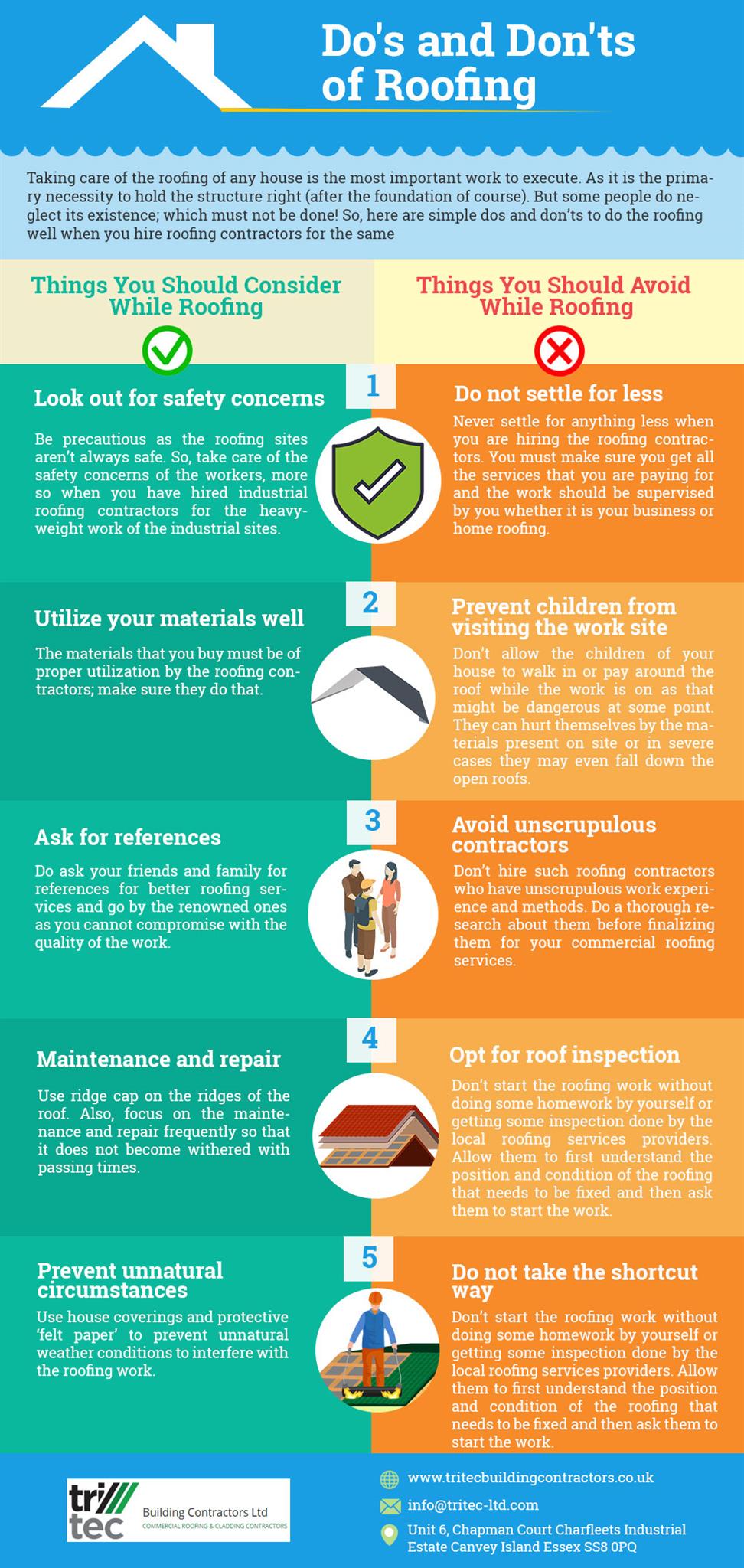Just How Weather Impacts Roofing System Setup: Finest Seasons And Issues For A Successful Work
Just How Weather Impacts Roofing System Setup: Finest Seasons And Issues For A Successful Work
Blog Article
Material Writer-Terry Timm
When it concerns roof installations, the weather can make or damage the work. Picture the frustration of managing materials that won't work together as a result of extreme warmth or fighting unsafe surface areas triggered by unexpected rain. Understanding the impact of climate condition on your roofing project is vital for a successful outcome. So, allow's explore exactly how different climate components can affect the high quality and toughness of your roof covering installation, guaranteeing a work well done.
Effect of Temperature on Roof Covering Installation
When it pertains to roofing system setup, temperature level plays an essential role while doing so. The ideal temperature for roofing jobs typically drops in between 45 and 85 levels Fahrenheit. Severe warmth can cause materials like tiles to become too flexible, causing possible damage during installation. On the other hand, chilly temperatures can make materials weak and vulnerable to breaking. It is very important to schedule roofing installments during modest temperatures to make certain the very best end result.
Throughout colder weather, specialists may need to take extra safety measures such as using warmed devices or permitting materials to warm up prior to installation.
In contrast, hot weather might call for work to be done previously or later on in the day to stay clear of the peak temperature levels. By thinking about the temperature level and its results on roof covering materials, you can help make certain a successful installation that will certainly stand up to the components for several years ahead.
Effect of Rainfall on Roofing Projects
Roof covering jobs can be significantly affected by precipitation, influencing both the timeline and the quality of the setup. Rainfall or snow can develop slippery conditions, making it hazardous for roofing professionals to work with a damp surface area. In addition, moisture can endanger the adhesion of materials like shingles or underlayment, leading to possible leakages or damages in the future.
If it rains during a roofing task, the water can permeate right into at risk areas, causing delays as the setup team should await the roof to completely dry prior to continuing. Too much wetness can likewise promote the development of mold and mildew, further threatening the integrity of the roofing system.
To prevent these issues, it's suggested to arrange roofing tasks during drier periods or keep track of the weather report carefully to plan around any type of possible rainstorms. By taking preventative measures to work in positive climate condition, you can make certain a smoother and extra effective roof installation process.
Impact of Wind Speed on Installment Success
Throughout roofing system installation, the speed of the wind plays an essential function in establishing the success of the project. High wind rates can posture substantial challenges to roofing professionals, potentially resulting in safety risks and quality problems. When wind rates go beyond suggested limits, it becomes hard to manage materials, increasing the danger of accidents and damage to the roofing materials. Solid gusts can likewise impact the precision of measurements and the precision required for proper installation.
To make certain an effective roof covering setup, it's essential to keep track of and consider wind rates. Ideally, roof installment ought to take place on days with reduced to moderate wind speeds. This not only enhances the safety and security of the employees but additionally boosts the general high quality of the setup.
san antonio roofers scheduled during tranquil weather are more likely to be finished efficiently and with fewer mistakes. By taking note of wind speed projections and preparing as necessary, you can help make certain a smooth and effective roof covering installment procedure.
Verdict
So, when it pertains to roofing system installation, keep in mind to consider the weather conditions to make sure an effective job. Optimum temperature levels, dry conditions, and moderate wind speeds are essential factors to prioritize for a smooth installment procedure. By scheduling your job during the very best seasons and excellent climate condition, you can attain a durable and long-lasting roofing that will safeguard your home for many years to come.
